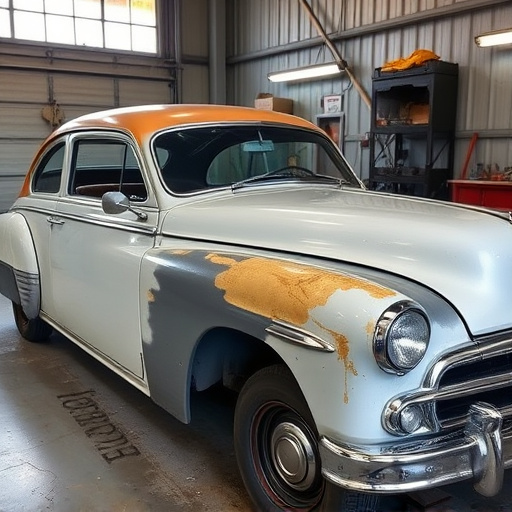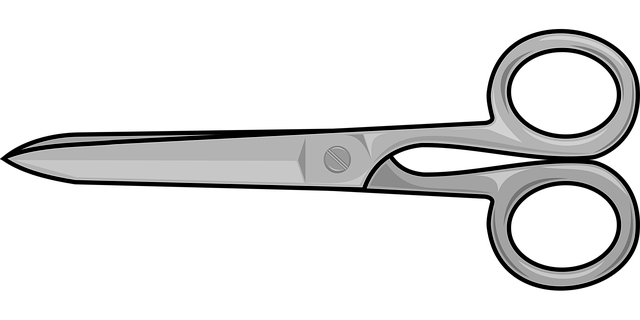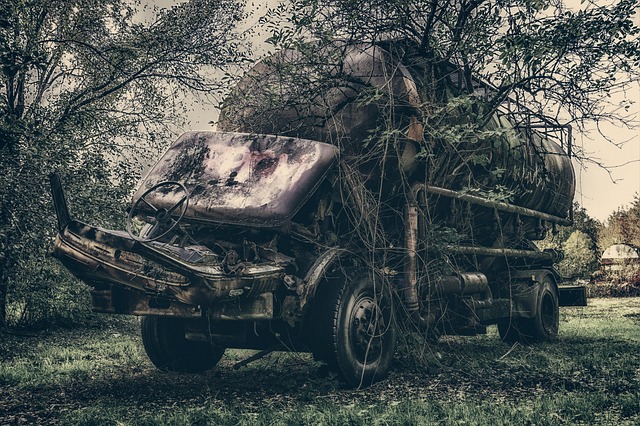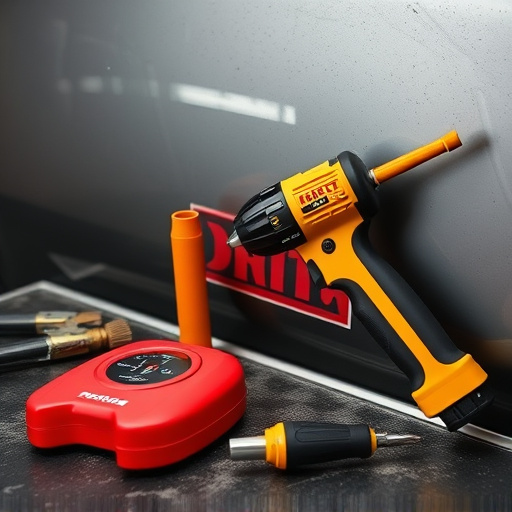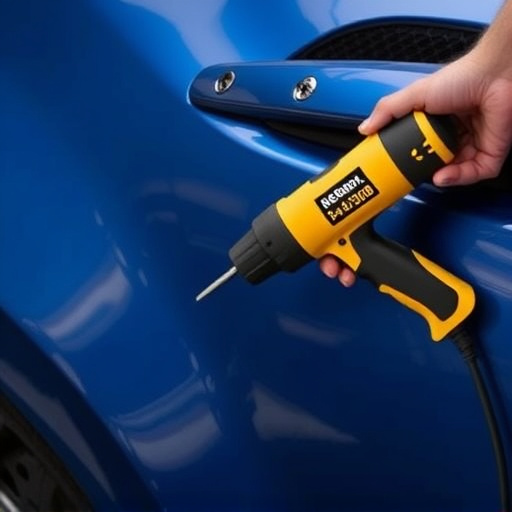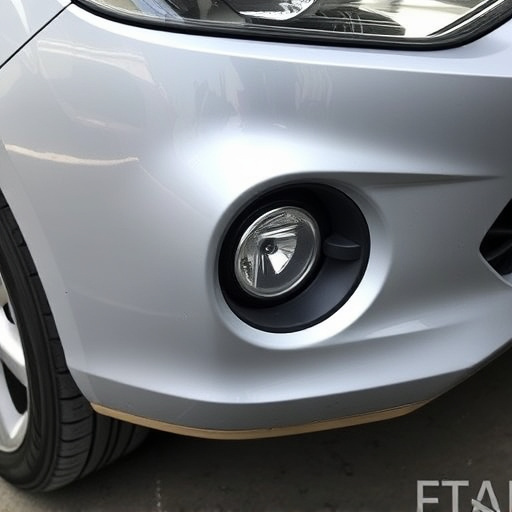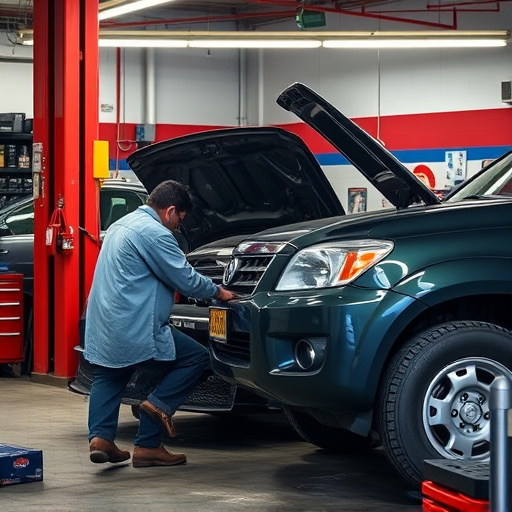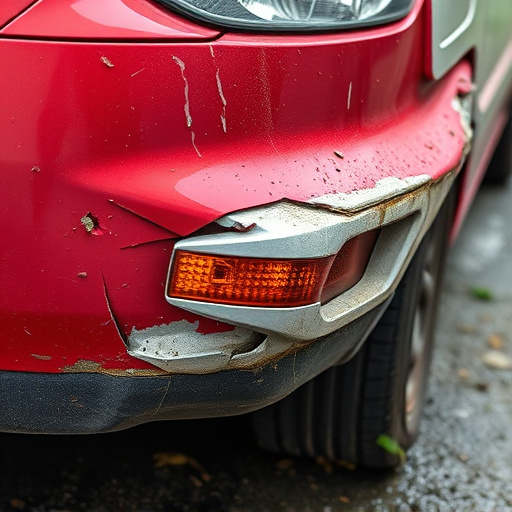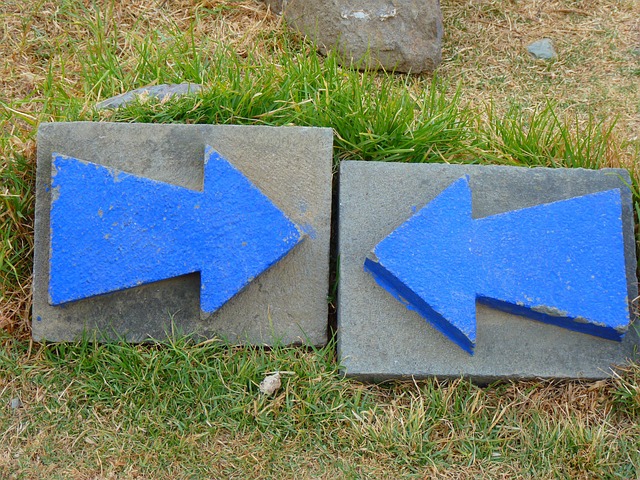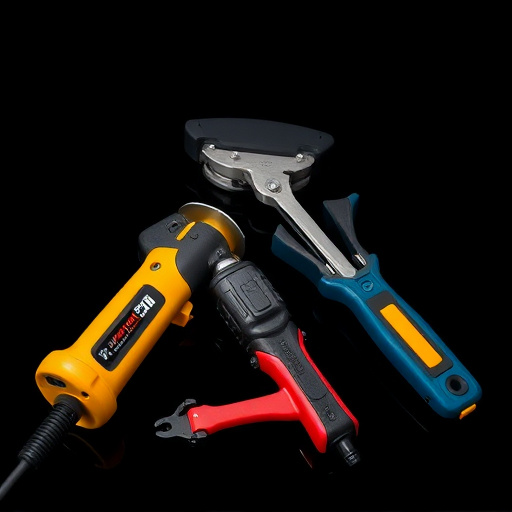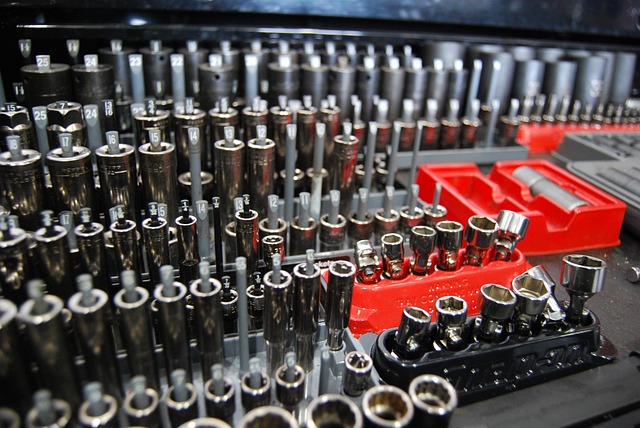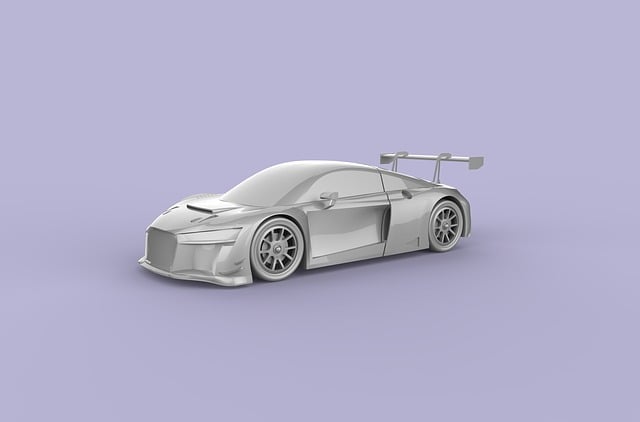Tri-coat paint repair is a meticulous process using three layers—base, color, and clear coats—to restore vehicle aesthetics and protect against environmental damage. Surface preparation, including cleaning, sanding, and priming, ensures each coat adheres seamlessly for long-lasting results, crucial in automotive collision repair shops.
“Uncover the art of tri-coat paint repair, a meticulous process vital for achieving flawless, durable finishes. This article delves into the intricacies, guiding you through the fundamentals and showcasing why layering techniques are indispensable. From preparing surfaces to ensuring longevity, each step matters. Discover how these methods create a robust defense against damage, preserving your desired aesthetics. By understanding the science behind tri-coat repair, you’ll master the art of restoration, making your projects stand the test of time.”
- Understanding Tri-Coat Paint Repair Basics
- The Role of Layering in Achieving Durability
- Techniques for Effective Surface Preparation
Understanding Tri-Coat Paint Repair Basics
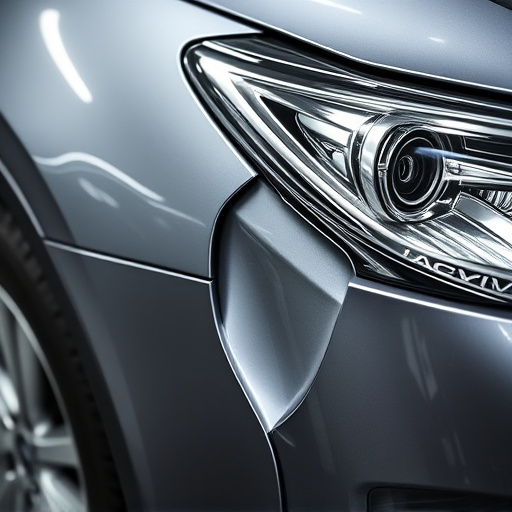
Tri-coat paint repair is a meticulous process designed to restore the original finish and aesthetics of a vehicle’s body. It involves the careful application of three distinct layers of paint, each serving a specific purpose. The first layer, often referred to as the base coat, provides an even foundation while concealing any existing defects or imperfections in the car’s surface. This critical step is followed by the application of the color coat, which applies the desired color and finish to the vehicle.
The final layer, the clear coat, acts as a protective barrier, enhancing durability and gloss. In the context of car repair services, understanding tri-coat paint repair is crucial for addressing dent repair and car paint repair effectively. By employing these layering techniques, professionals can not only revive the vehicle’s appearance but also ensure longevity, making it an indispensable skill in the automotive industry.
The Role of Layering in Achieving Durability
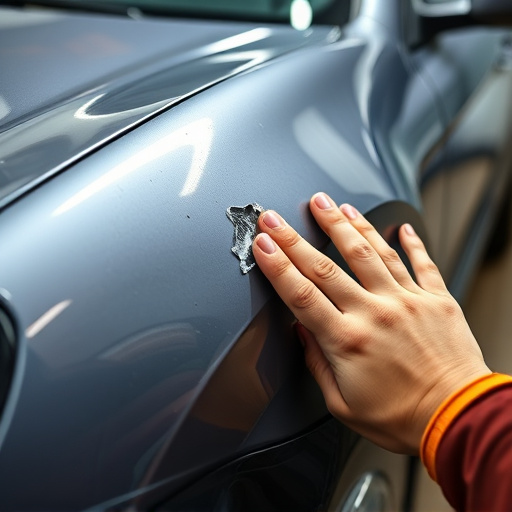
In tri-coat paint repair, layering plays a pivotal role in achieving durability and longevity for vehicle finishes. Each layer serves as a protective barrier, safeguarding the underlying surface from various environmental factors like UV radiation, extreme temperatures, and chemical exposure. By strategically applying these layers, auto repair shops can ensure that the final coat appears seamless and robust, mimicking the original car body restoration quality.
The process involves precise application of base coats, intermediate coats, and topcoats, each designed to enhance specific properties. For instance, base coats provide a solid foundation by sealing the repaired area, while intermediate coats bridge any gaps or imperfections, ensuring an even surface for the final topcoat. This meticulous approach, often provided by expert automotive repair services, results in a superior finish that not only enhances the aesthetic appeal of the vehicle but also protects its exterior through multiple protective layers.
Techniques for Effective Surface Preparation
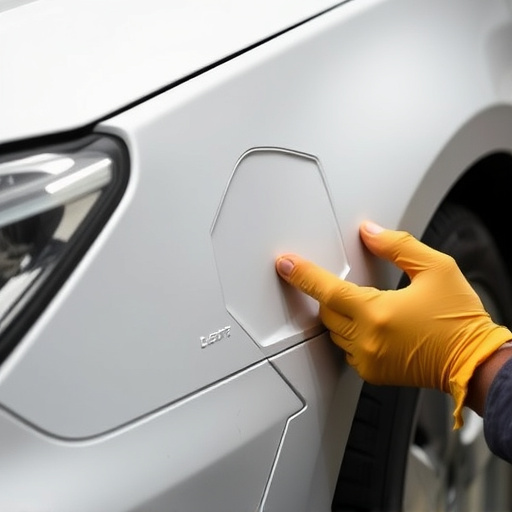
In tri-coat paint repair, effective surface preparation is paramount to achieving a flawless finish. It involves several meticulous steps designed to ensure the adherence of new coatings to the underlying substrate. The process begins with thorough cleaning to remove any contaminants, grease, or dust that could compromise the bond strength. This initial stage sets the foundation for successful layering, which is crucial in the tri-coat paint repair process.
Subsequent preparation techniques include sanding to create a roughened surface that enhances coating adhesion and filling in any imperfections or gaps. Priming is another critical step where a base coat is applied to provide a uniform and compatible surface for subsequent coatings. Collision repair shops often employ these methods, utilizing car paint services to not only fix damages but also enhance the vehicle’s aesthetics through meticulous preparation, ensuring that each layer of paint builds upon the previous one for long-lasting, high-quality results in tri-coat paint repair.
In the realm of tri-coat paint repair, mastering layering techniques is akin to weaving a symphony of protection. By understanding the basics, recognizing the role of layers in durability, and employing effective surface preparation methods, professionals can deliver superior results that stand the test of time. These strategies ensure that each layer enhances the overall integrity, creating a vibrant, lasting finish that safeguards against the elements and gives surfaces a new lease of life.
